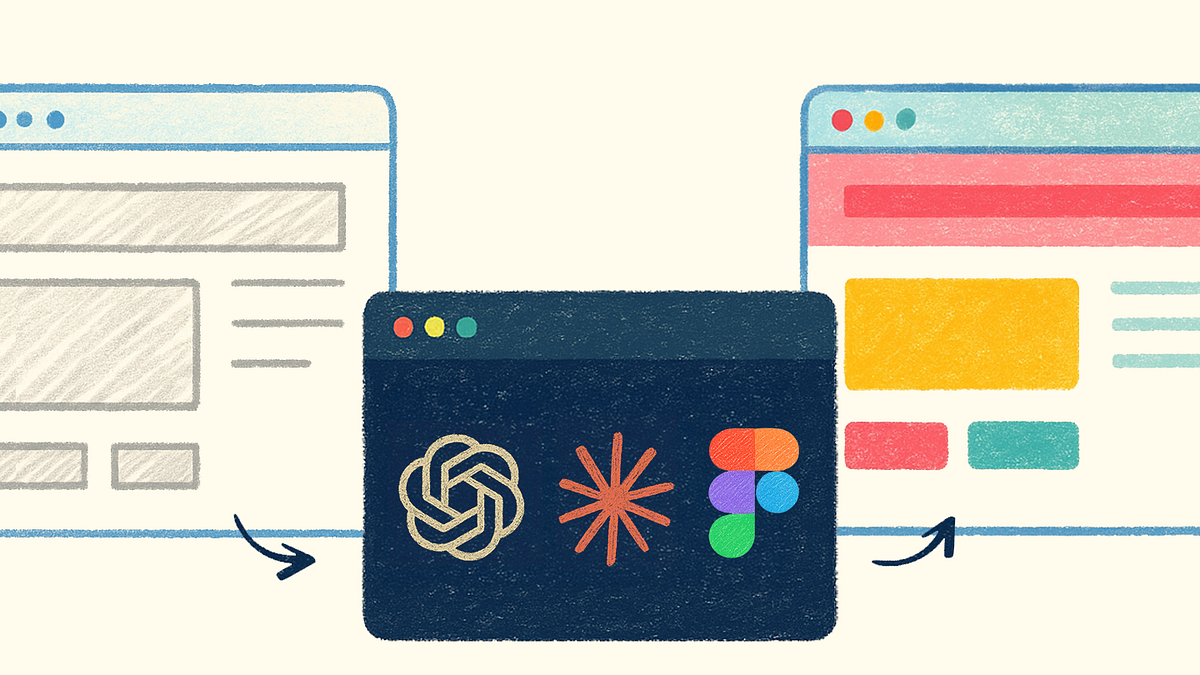
"gorgeous prototypes that, after looking at the code, are totally disconnected from the codebase your team is using and practically useless. I've explored multiple AI tools myself to speed up my design workflow, but something was always missing. I tried Replit, Lovable, v0, and Bolt only to end up with prototypes built with generic code, based on Shadcn or Tailwind CSS. They didn't align with the existing code, and couldn't be reused in production."
"This changed significantly with MCP servers, and in my previous article, I was optimistic enough to imagine a workflow where designers could instantly prompt rough ideas to prototypes, while also pulling from existing code and design tokens. This time, I brought this vision to life using Code Connect UI and its improved features like component mapping and MCP instructions. In this article, I will share how I built an AI-ready workflow using agentic CLI tools like Claude Code and"
Designers often create prototypes using generic code incompatible with team codebases, rendering them unusable in production. Common AI prototyping tools generate components based on Shadcn or Tailwind CSS that don't align with existing code or design tokens. MCP servers enable using existing code and tokens to inform generation. Code Connect UI offers component mapping and MCP instructions to tie designs to repository components. Agentic CLI tools like Claude Code and Codex CLI run locally, connect directly to models, and integrate with MCPServers. The workflow converts high-level prompts into production-ready components reflecting a project's design system and codebase.
Read at Medium
Unable to calculate read time
Collection
[
|
...
]